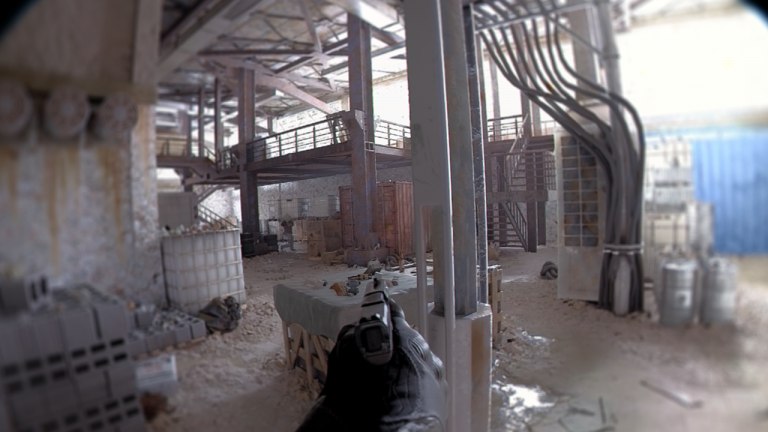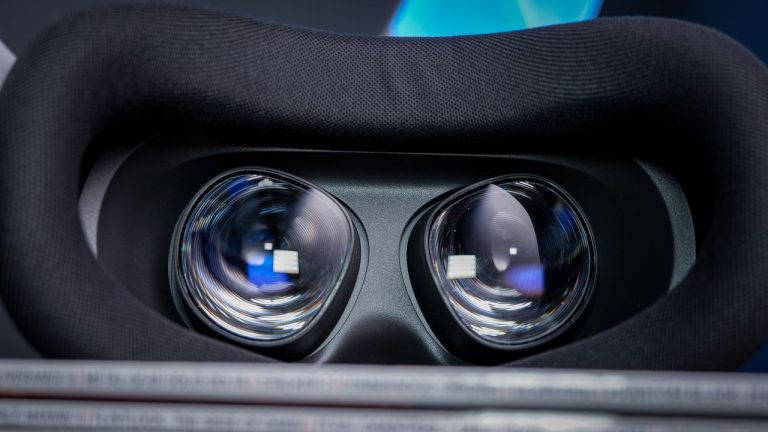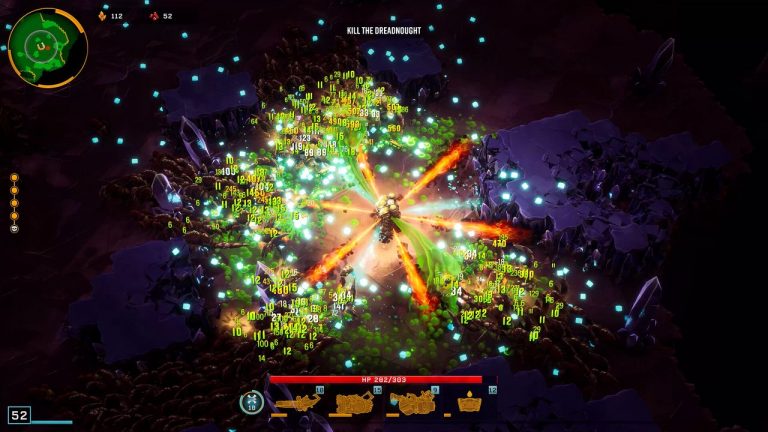All hail the new king. The Lawrence Livermore National Laboratory in California has announced that the world’s fastest supercomputer, El Capitan, has been officially launched, which strikes me as a hell of a nervy first boot.
You always hold your breath the first few times you fire up a freshly-built gaming PC, don’t you? However, the mighty El Capitan is not concerned with the relatively trivial task of rendering pixels for your entertainment (via Live Science). Instead, its current primary task is to help researchers simulate the safety, security, and reliability of the US nuclear weapon stockpile.
The hardware inside is nothing short of staggering. We’re talking 44,544 AMD Instinct MI300A APUs with 128 GB of HBM3 memory each, spread over 11,136 nodes in liquid-cooled Cray EX racks. Makes your gaming rig look a little small-scale, doesn’t it?
And as for the potential performance figures? Try 2.746 exaFLOPS at full tilt, which translates to roughly 2.7 quintillion calculations per second.
Just for fun, let me describe that number more conventionally. 2.7 quintillion is (hold your breath): 2.7,000,000,000,000,000,000. Calculations. Per. Second. My goodness.
For a bit of perspective, the previous record-holding supercomputer, the Hewlett Packard Enterprise Frontier, is claimed to be capable of 1.102 quintillion calculations per second. I’m not the smartest person in the world, but I know that makes El Capitan faster. Considerably so, in fact.
And as for its purpose? Nuclear weapons testing has been effectively banned in various forms since the ’90s, which means there’s no practical method for the US to physically test its weapons do what they’re supposed to—which in layman’s terms is to go off with a rather large bang when instructed and to keep me awake at night with worry.
El Capitan will simulate nuclear weapons, predicting how they will age and whether they’ll still reliably work after decades kept in storage. The LNLL says that it will also contribute to material discovery, high-energy-density physics, nuclear data, and conventional weapons design.
Some pretty interesting (and presumably scary) info being pumped through all that hardware, then. On the plus side, it’s got a lovely panorama of the mountain after which it was named on the side, presumably to help soften up the image of the world’s most powerful computer simulating the world’s most powerful weapons technology.
Insert “but can it run Crysis” joke here. El Capitan is meant for much more important things, it seems, and looks set to hold the record for the world’s fastest supercomputer for some time to come. Anyone else feel like their home PC could do with an upgrade?
Best gaming PC: The top pre-built machines.
Best gaming laptop: Great devices for mobile gaming.












